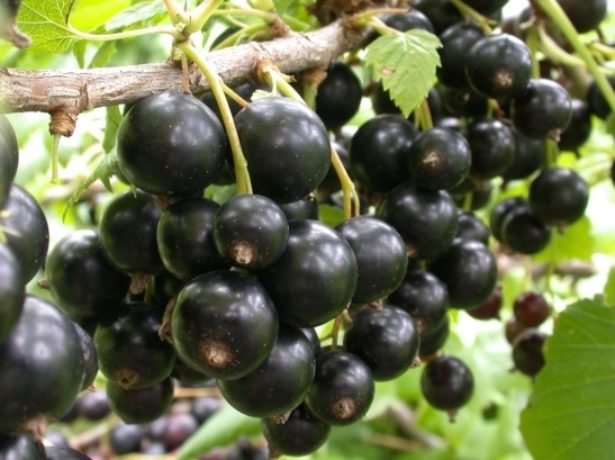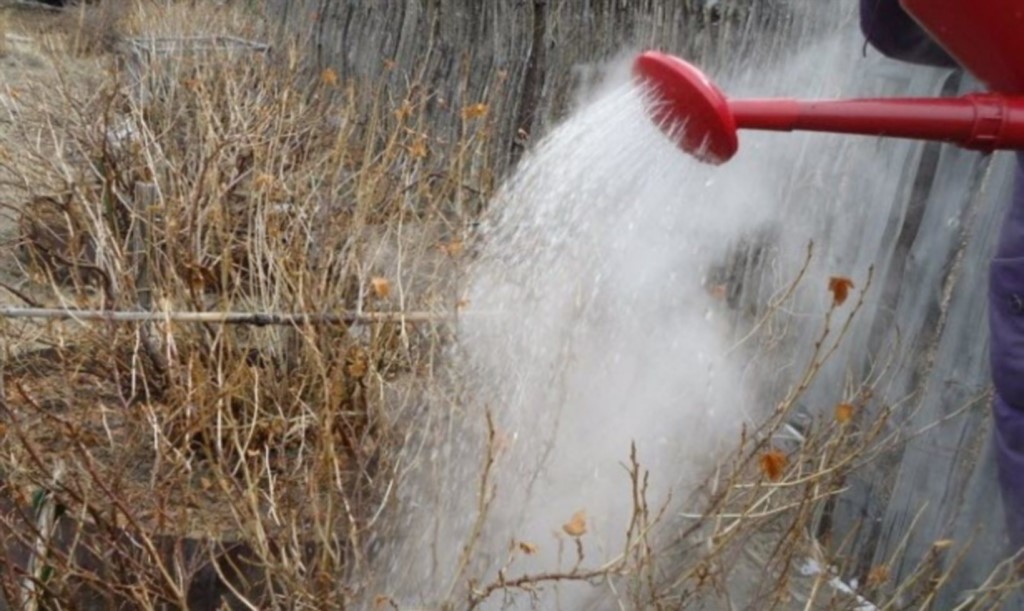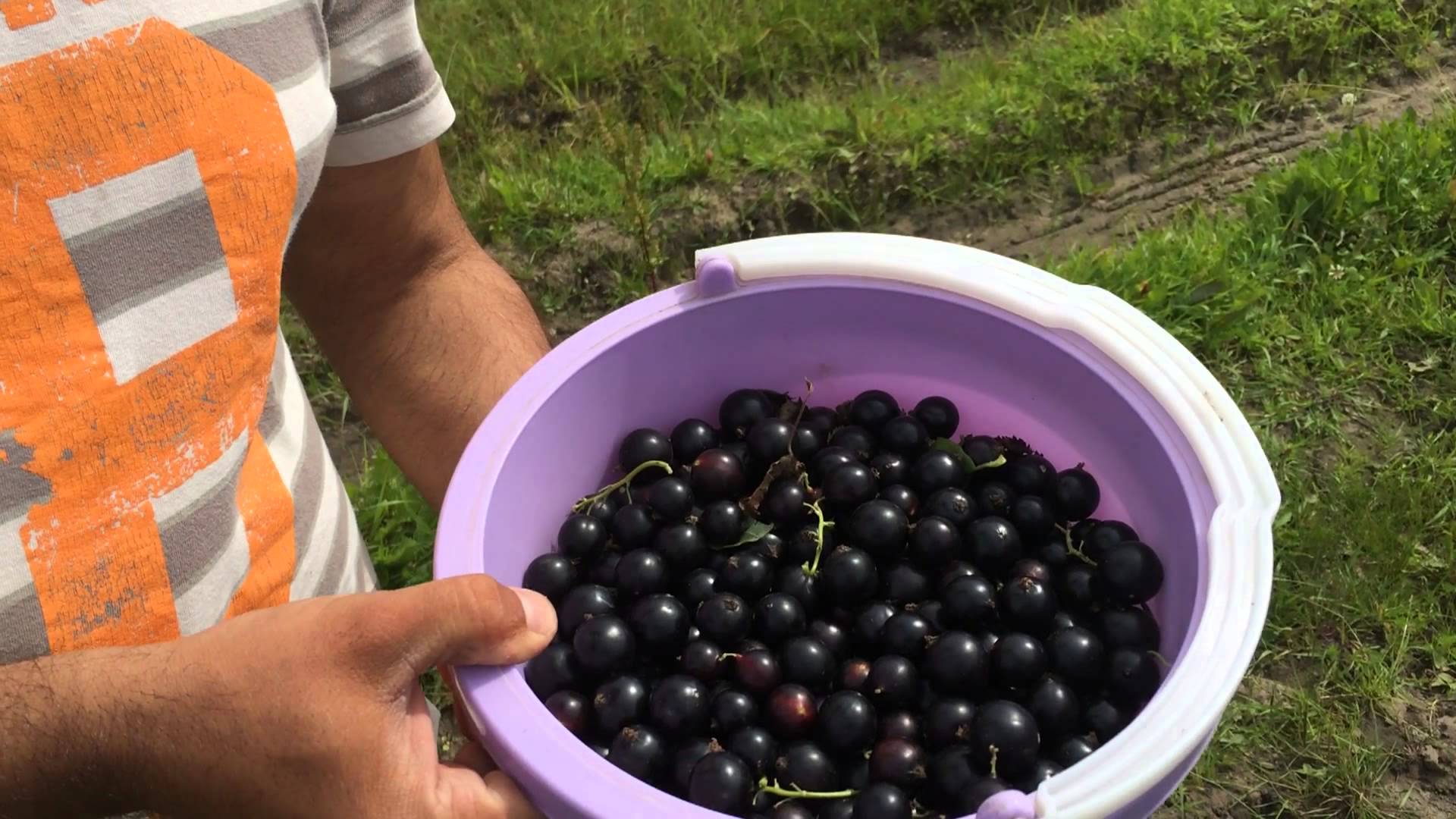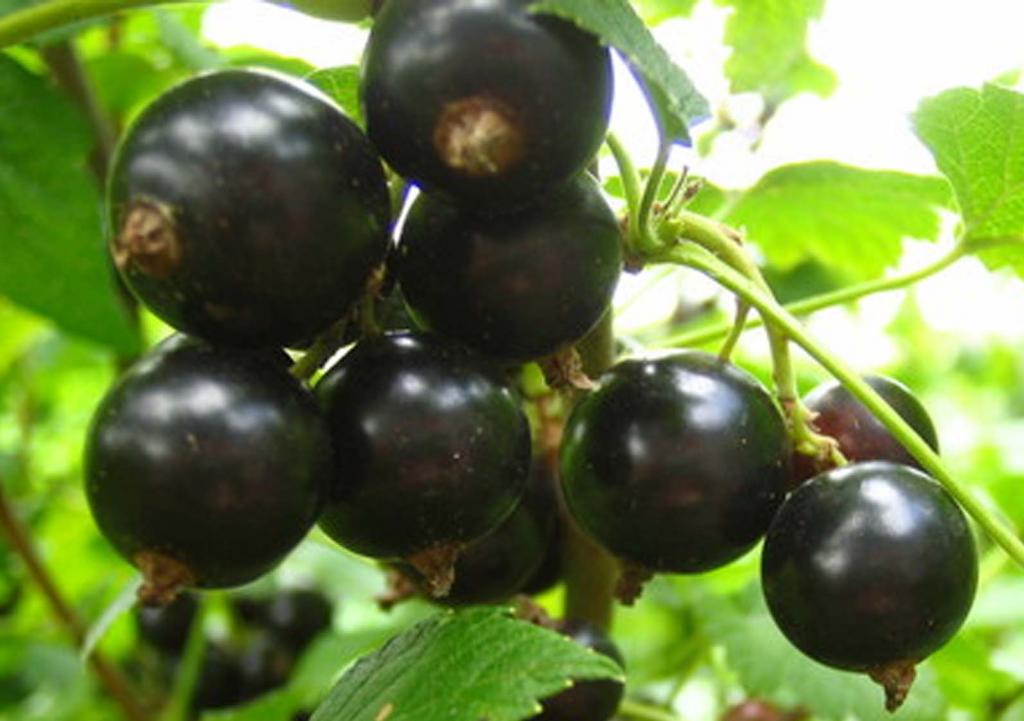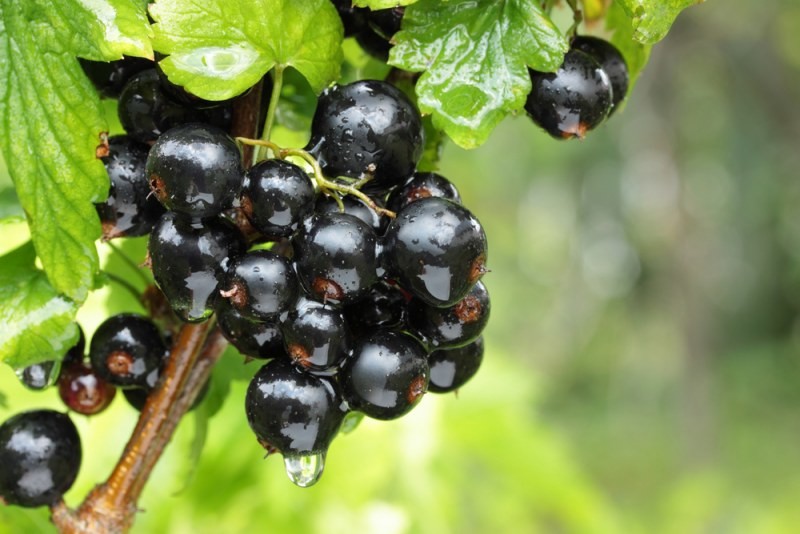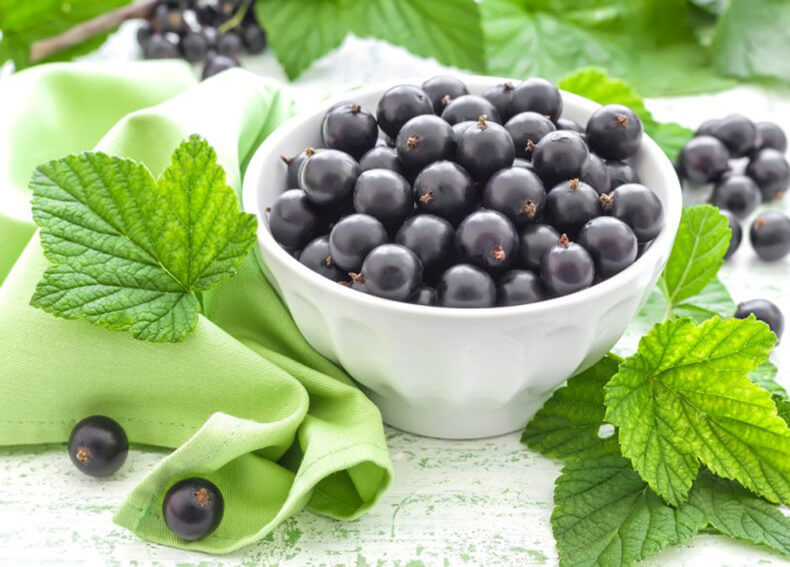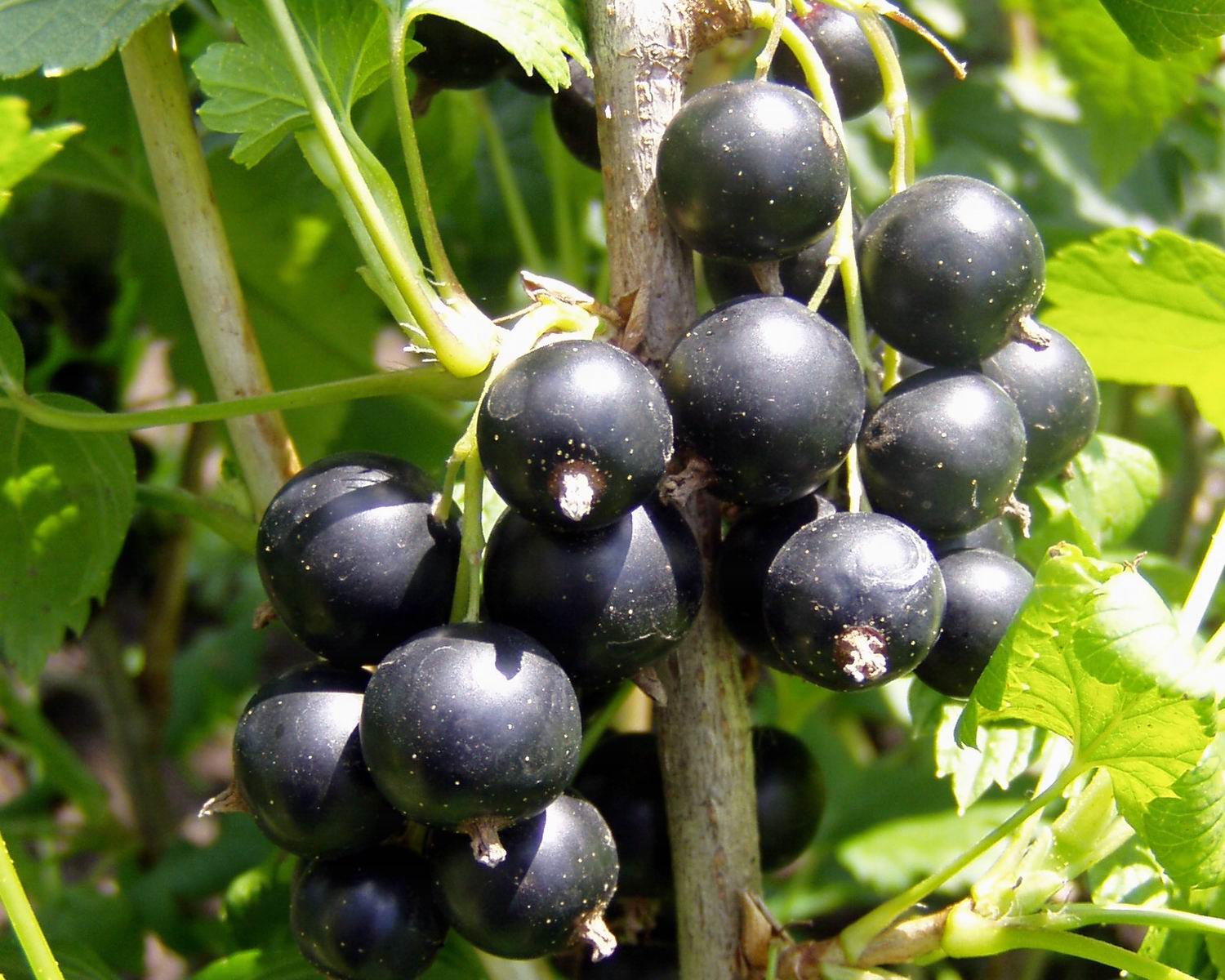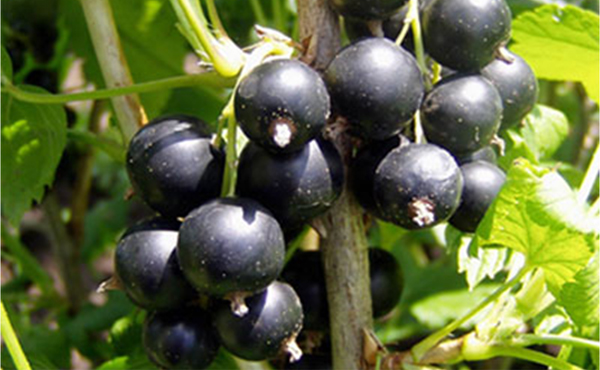Content:
One of the most favorite fruit crops of gardeners is black currant. Almost every summer cottage has similar bushes. Most often these are old varieties tested over the years. But over time, black currants begin to shrink, reducing yield indicators. This becomes a reason to think about purchasing new varieties of black-fruited beauty. Exotic black currant, which has become incredibly popular in recent years, may be a good option.
A bit of history
The Exotic currant variety is the result of the fruitful work of Russian breeders who worked at the Siberian Research Institute. By crossing the Golubka variety and the pollen of Orlovia and Ershistaya, this particular large-fruited currant was obtained. The result is a fruitful variety with massive berries and good flavor characteristics. The crop is perfect for growing for industrial purposes, and also attracts the modern gardener with its versatility. Blackcurrant variety Exotic was included in the State Register in 2001 and recommended for cultivation in the Central Region.
Features of culture
Black currant variety Exotic is one of the largest-fruited varieties of this fruit crop. In the first days of July, most often you can harvest. The berries are distinguished by their rounded shape, uniform size, weight of each fruit 3.5-5 g, with a shiny surface.
Exotic bushes vigorous, medium density. Shoots are straight, light green. They are rough with a five-lobed traditional leaf. One dense brush contains up to 10 berries.
The berries of this variety are distinguished by tender fleshy pulp, sweet and sour taste with a delicate currant aroma. When evaluating the taste, the berry received a score of 4.5 out of 5 possible. The quantitative ratio of sugars and acids depends on the type of soil and growing conditions.
The berries can be used for any purpose: fresh, frozen or preserved for the winter.
Growing features
In general, Exotic blackcurrant bushes are grown in the same way as other representatives of a similar variety of fruit crops, so a too detailed description of the main processes is not required.
But in order not to get disappointed with the harvest of this variety, you should take into account some of the features of growing this crop, which are recommended by experienced gardeners:
- For planting a variety with an exotic name, it is recommended to choose areas with fertile soil, which contains a lot of humus. If there is no such soil, then a sufficient amount of mineral and organic fertilizers will be required before planting;
- To get a good harvest, it is important to plant seedlings in the fall (late September or early October);
- To obtain the maximum number of basal buds, the seedlings are well buried in the soil (the root collar is at a depth of 10 cm in the ground);
- After planting, the cutting is cut, leaving only 2-3 buds above the ground;
- The quality and quantity of the crop will be positively affected by cross-pollination with other blackcurrant varieties;
- In order for the fruits to be large and the yield to be maximized, it is important to regularly prune the bush.This procedure is performed in such a way that the formation of berries occurs on shoots that are 2 or three years old. By the fifth year of life, the bush should consist of 7-9 branches of different ages. After that, exclusively rejuvenation of the bushes is carried out annually, removing old branches;
- The plant does not tolerate dry periods, therefore regular watering is required, best of all in the form of drip irrigation;
- To obtain a harvest with large fruits, good nutrition is required for the shrub. To ensure it, top dressing should be carried out regularly. At the end of the season, organic compounds are introduced: humus, infusion of mullein or dung, wood ash. In early spring, fertilizing is carried out with complex formulations.
Diseases and pests
Shrubs of the Exotica variety are resistant to only a small number of diseases, and they are very prone to many. For this reason, regular preventive treatment is required. It is carried out with special compounds that strengthen the immune system three times a season: in early spring, before flowering and after harvest.
When the first signs of any disease or pest infestation appear, treatment should not be postponed. Bushes are treated with special compounds, depending on the type of problem and its nature:
- Anthracnose. The first signs in the form of brown spots may appear on the leaves and petioles in early spring. If left untreated, they will increase. For the fight, you can use the treatment with Bordeaux liquid. It is carried out four times: during the budding period, after flowering, a month after flowering, and also after harvesting. Also, if signs of a disease are detected, you can use the fungicides Skor, Previkur, Fitosporin for treatment;
- Septoriosis is manifested by the appearance of brown spots on the leaves, which gradually begin to brighten. With severe damage, the leaves can completely crumble, and a slowdown in shoot growth is also observed. Treatment is carried out in the same way as anthracnose;
- Terry. Refers to diseases of a viral nature. Most often it affects inflorescences and leaves. Flowers visually seem to be double, while no ovary is formed. The leaves stretch out and become three-lobed. Spraying with insecticides in early spring and in the first half of summer will help to fight the disease. The affected areas of the bush should simply be removed;
- The kidney mite testifies by its appearance to the imminent development of terry. The parasitic creature hibernates in the buds and begins to actively reproduce in the spring. The treatment of bushes with karbofos from the moment the buds open until the end of flowering will help to cope with it. Processing is carried out twice during this period at a temperature of at least +20 ° C.
Advantages and disadvantages
Reviews of gardeners and gardeners about the characteristics of black currant Exotics are ambiguous. Some people like the crop and recommend it for growing, while others think there are more convenient and productive crops.
Therefore, before buying seedlings of this particular type, you should carefully study all the advantages and disadvantages.
The advantages of Exotic currant can be considered:
- Despite the exotic name, the variety has high winter hardiness, the bushes can withstand temperatures up to -26 ° C;
- the variety is characterized by an early harvest;
- self-fertility is 54%;
- the crop is uniform in shape, large in size and a decent mass;
- berries are distinguished by high characteristics of commercial quality;
- fruits have high taste, as well as a large vitamin composition;
- good resistance to powdery mildew, columnar rust;
- High yield (up to 3.5 kg per bush).
This variety also has significant disadvantages:
- high resistance is noted only to two diseases, and immunity is not very good to other diseases and pests (the culture is especially vulnerable to terry, anthracnose, kidney mite, septoria);
- The harvest is very dependent on weather conditions (in rainy weather, berries often rot right on the branches);
- Poorly tolerates drought, therefore, requires regular watering;
- Thin peel, which makes transportation obstacles, it is possible to transport berries only in an unripe form;
- If the berries are overripe, then they crumble from the bush.
If we analyze all the information, we can conclude that such a variety of shrubs can be a good option for growing in home plots. But with industrial cultivation, expectations may not be justified.
